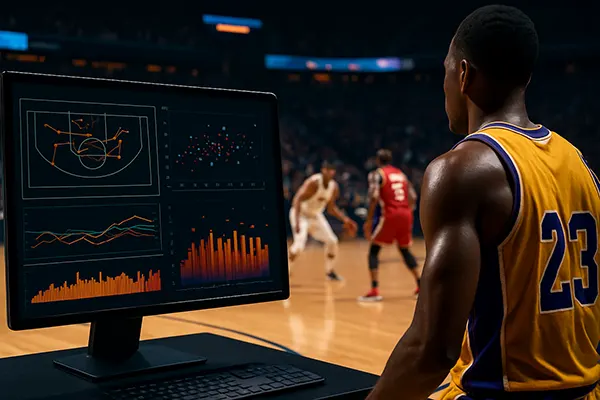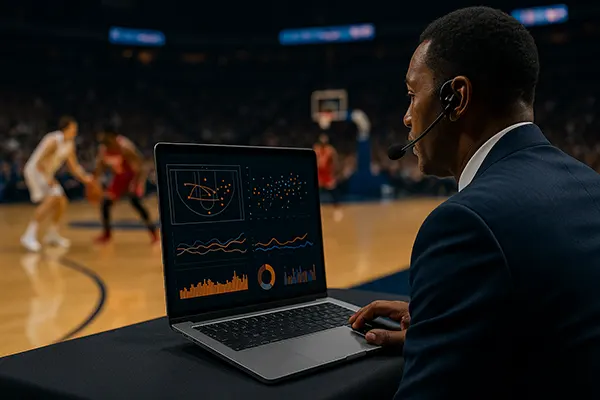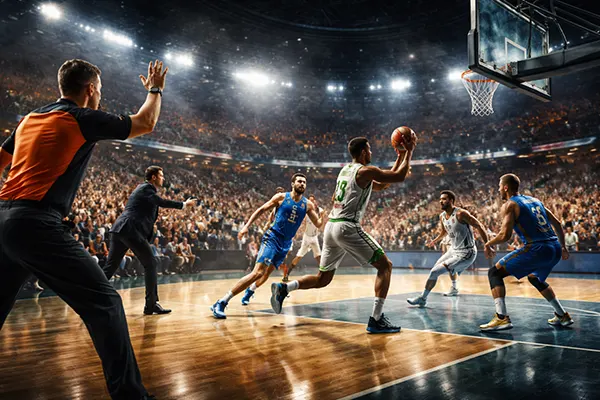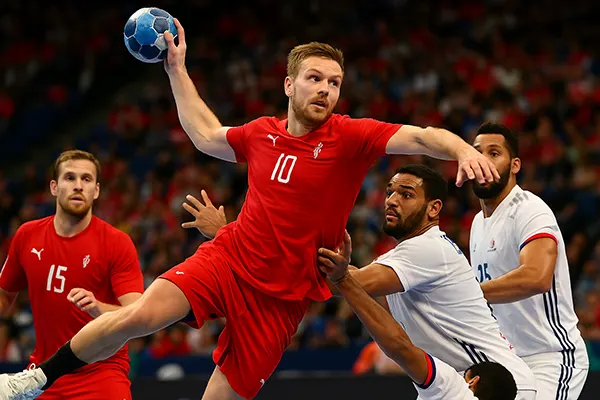NBA Data Trends: How Motion Tracking is Revolutionising the Game

In 2025, the NBA’s landscape is shaped not only by the players’ skills but also by the precision of motion tracking analytics. From in-game strategies to fan engagement, the integration of movement data has fundamentally transformed how teams make decisions and how viewers understand the sport. This article explores why this technology matters and what it reveals about modern basketball.
Tracking Data: The Engine Behind Tactical Evolution
NBA teams now rely heavily on optical tracking systems like Second Spectrum and Hawk-Eye, which record player and ball movements 25 times per second. These systems capture every dribble, sprint, screen, and rotation, forming a data-rich foundation for evaluating team performance with scientific precision. As of the 2024–2025 season, all 30 arenas use these tools in real time.
Coaches use this data to adjust defensive rotations, spacing, and pick-and-roll coverage with laser accuracy. For example, the Boston Celtics reportedly cut their defensive errors by 17% last season using automated movement feedback. This granular information has also enabled teams to adopt more fluid switching defences, tailored to specific matchups revealed by motion maps.
Front offices go beyond game-day performance. Movement data informs recruitment, identifying underrated players based on spatial awareness or off-ball hustle—traits hard to spot with traditional stats. It also influences injury prevention strategies by monitoring player load and cutting down high-risk movement patterns.
From Positionless Basketball to Dynamic Spacing
Modern NBA offences thrive on spacing, ball movement, and versatility. Motion tracking data has confirmed that line-ups with high average player speeds and wider spacing generate more efficient possessions. For instance, Denver Nuggets’ 2024 analytics showed a 9% increase in effective field goal percentage when Jokic operated from the elbow with three players 23 feet away.
This shift has pushed the league further into positionless territory, where players are valued for their ability to fill multiple roles within a possession. Data reveals that successful line-ups often blur the lines between guards, wings, and bigs, exploiting defensive mismatches that can be predicted and modelled using historical motion trends.
In turn, coaching philosophies have evolved. Playbooks are now supplemented with real-time predictive models that recommend the highest-probability outcomes for each possession type. These suggestions aren’t abstract—they’re built directly from terabytes of motion data gathered throughout the season.
Why Motion Data Matters for Fans and Broadcasters
For viewers, tracking data enriches the understanding of the game. Visual overlays during broadcasts—such as live heat maps, player trails, or predicted shot probabilities—bring clarity to complex plays. These tools help fans see how much space Steph Curry creates off a single screen or how elite defenders anticipate passing lanes milliseconds ahead of the action.
In 2025, NBA League Pass integrates interactive tracking layers for premium subscribers, allowing them to follow specific player routes, defensive schemes, or substitution impact in real time. Fans can even toggle between offensive efficiency metrics and defensive coverage breakdowns while watching replays.
Moreover, broadcasters use these tools to tell deeper stories. Rather than relying on highlight reels, commentators use real-time data to explain why a play worked. This creates a more informed fan base and supports the league’s push toward educating new viewers, especially in international markets where tactical understanding was previously a barrier.
Betting, Fantasy, and Gamified Viewing
The rise of micro-betting and advanced fantasy formats has tied fan engagement directly to data availability. Bettors use motion trends to evaluate first-quarter pace, defensive switches, or player fatigue—all of which influence live odds. Tracking data has become a key input for predictive models used in sportsbooks and DFS apps.
Fantasy platforms now display possession maps, distance covered, and movement intensity to give players a more nuanced performance metric. For example, FanDuel’s 2025 algorithm awards bonus points for off-ball movement leading to successful screens, reflecting real basketball impact beyond traditional box score stats.
This evolution strengthens viewer engagement by turning passive watching into interactive decision-making. Fans aren’t just spectators—they interpret data, anticipate outcomes, and adapt in real time, much like front offices and coaching staffs.

Challenges in Interpreting and Applying Motion Data
Despite its promise, motion tracking data isn’t infallible. The sheer volume—often over 1 million data points per game—requires advanced machine learning models to interpret meaningfully. Errors in player identification, edge-case misreads, or system latency can skew conclusions if not properly validated by human analysts.
There’s also the challenge of context. Motion data tells you what happened, but not always why. A player’s low movement speed could indicate fatigue, defensive strategy, or simply a misclassified possession. Without integration into video analysis or qualitative scouting reports, numbers can mislead as easily as they inform.
Additionally, not all teams have equal resources to leverage these systems. While franchises like the Warriors or Mavericks run full in-house data science teams, smaller-market teams often outsource or underutilise the wealth of information available. This growing analytics gap raises questions about competitive balance and equitable access.
The Future: Democratisation and AI Integration
Looking ahead, one of the key trends is the push to democratise this data. The NBA is exploring options to make anonymised motion sets available to academics, developers, and fans for research or app development. Open-source projects could revolutionise how enthusiasts engage with the sport analytically.
Meanwhile, the role of artificial intelligence continues to grow. Deep learning models can now generate real-time strategy suggestions or detect play patterns before they occur. This moves analytics from descriptive to prescriptive—guiding decision-making on the fly rather than analysing post-game.
As of June 2025, the NBA Players Association is also discussing new data ownership policies to ensure transparency and consent, especially as biometric and movement data become part of collective bargaining agreements. This will shape how responsibly such data is used going forward.




